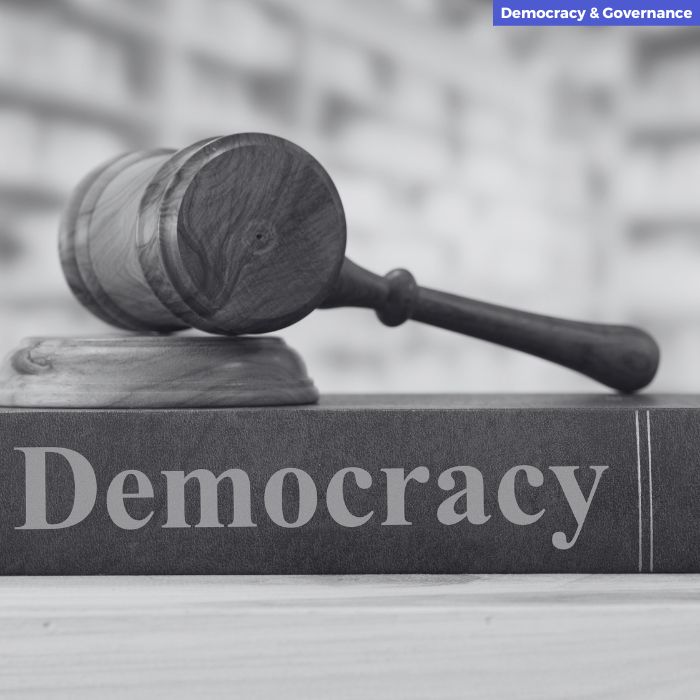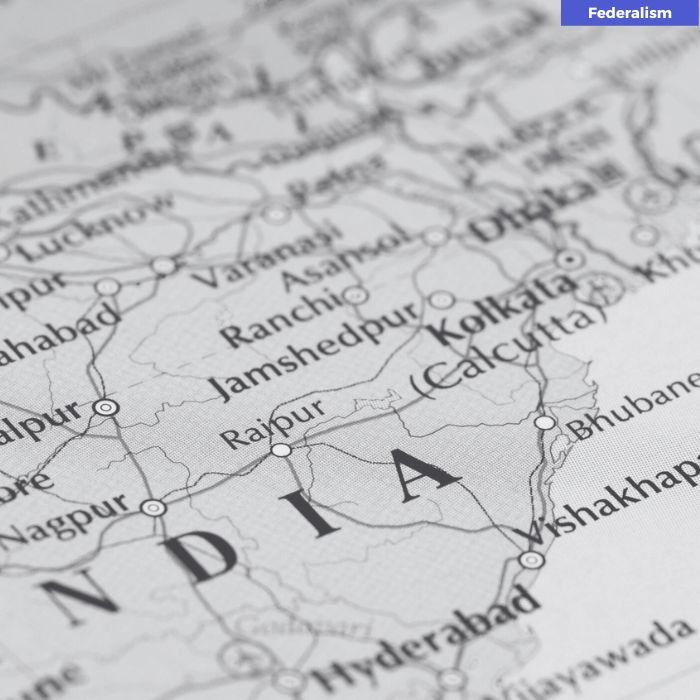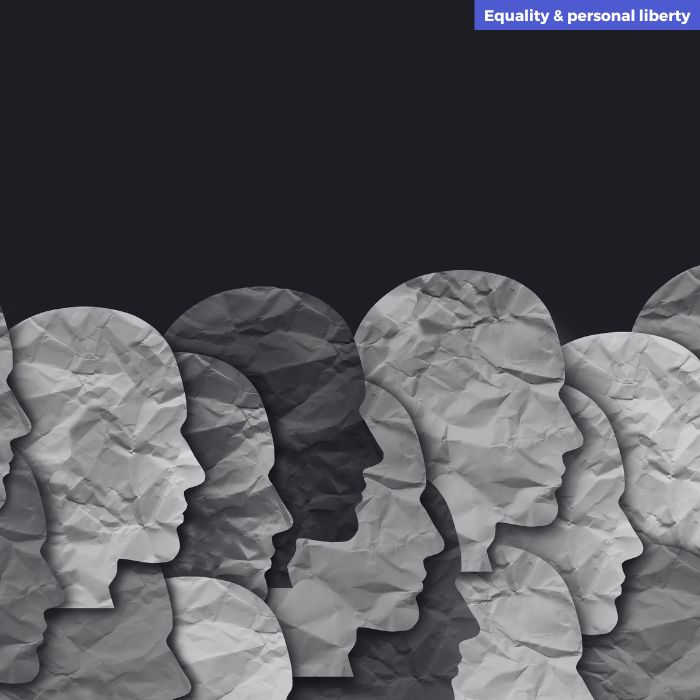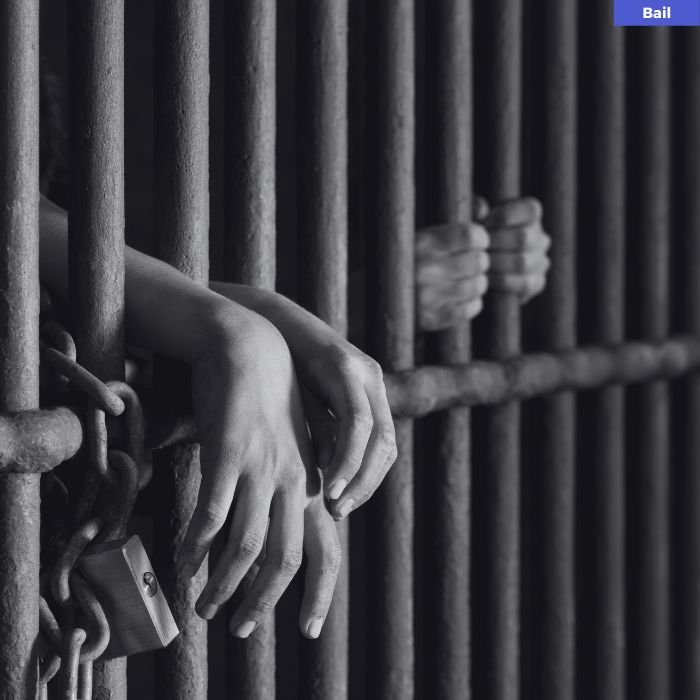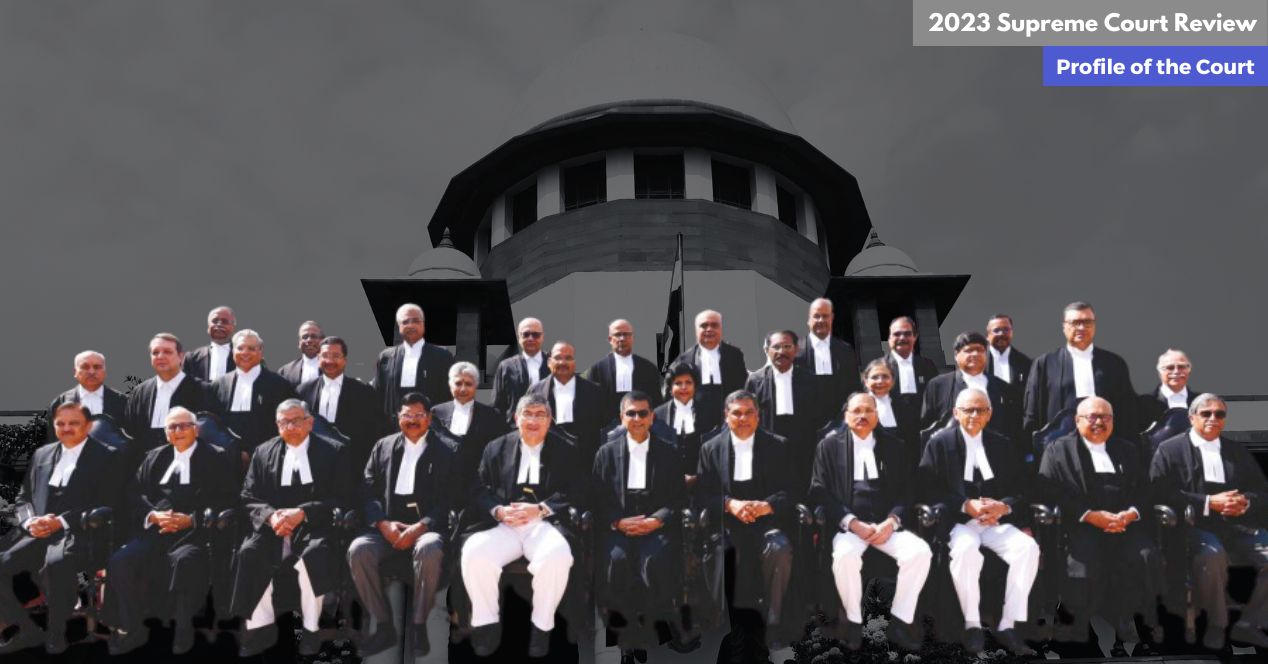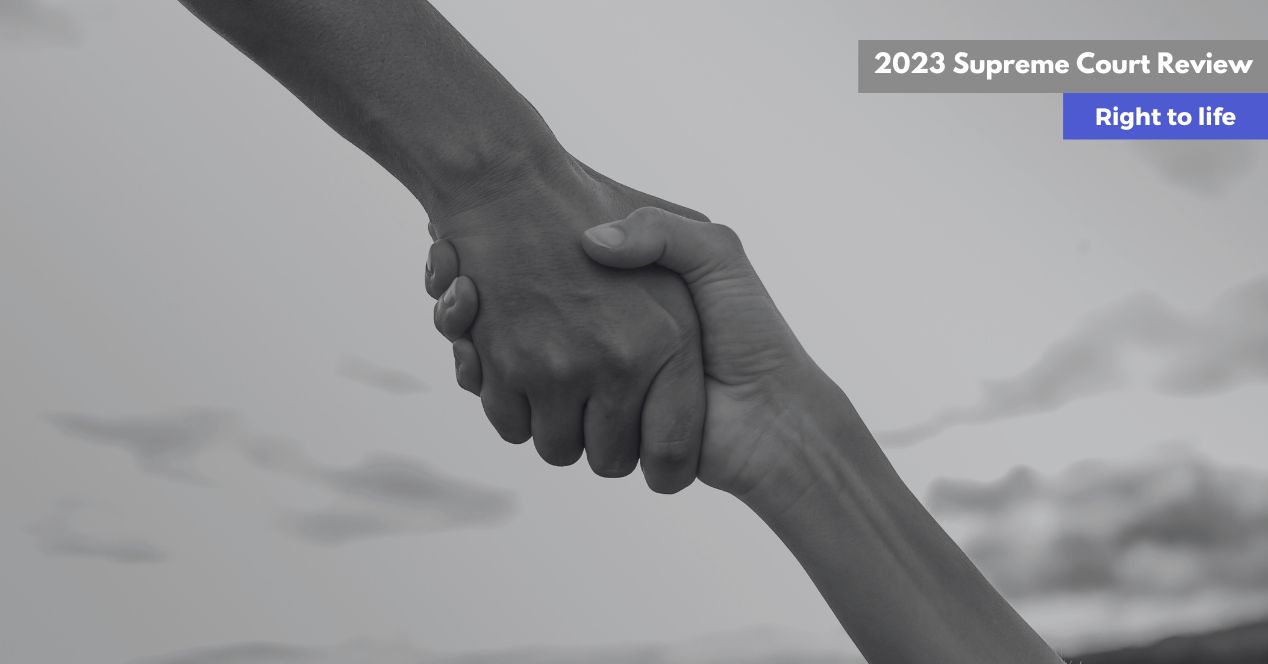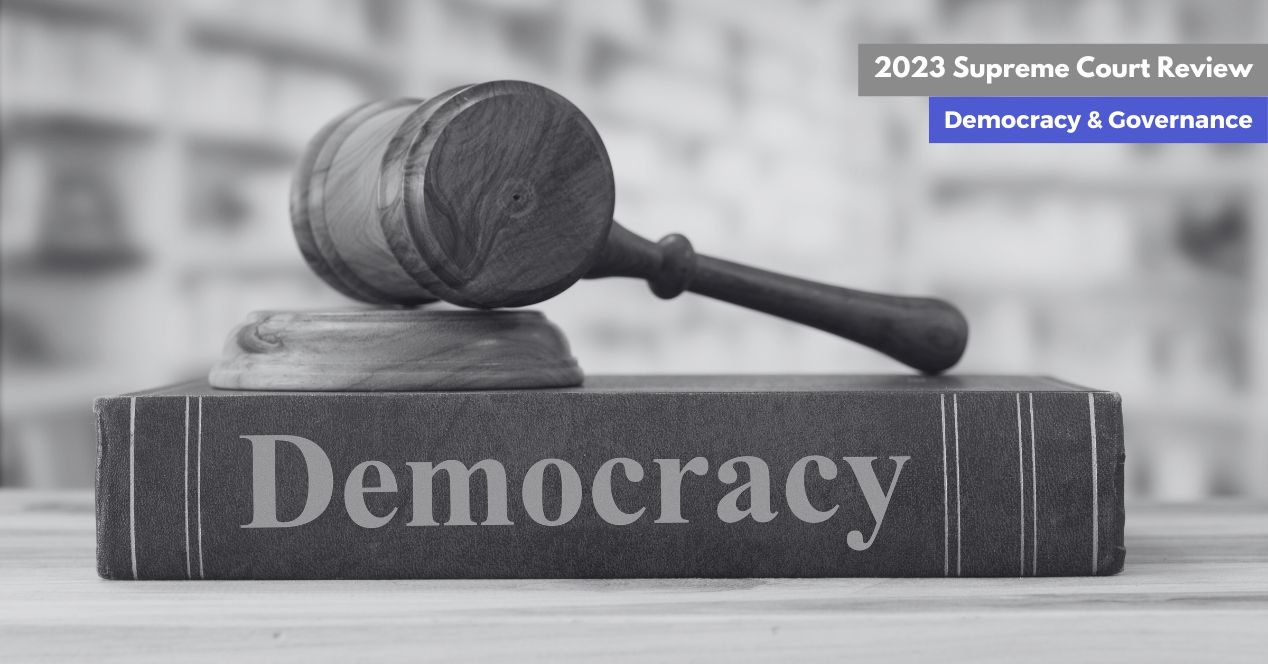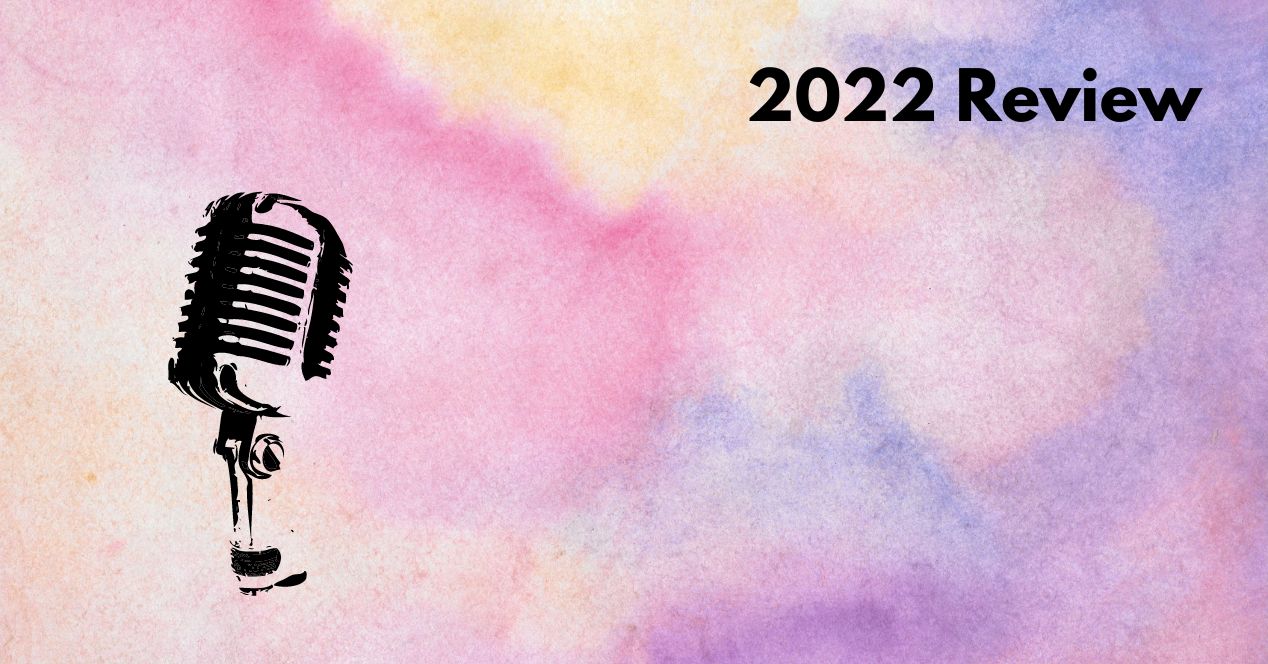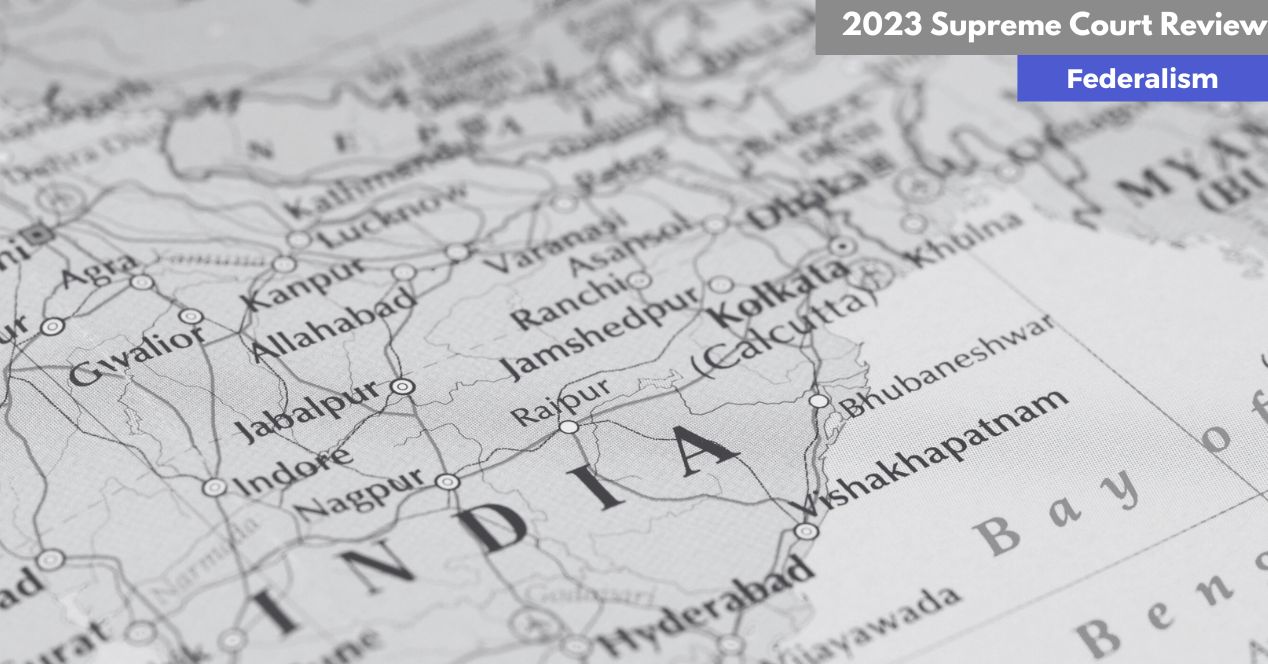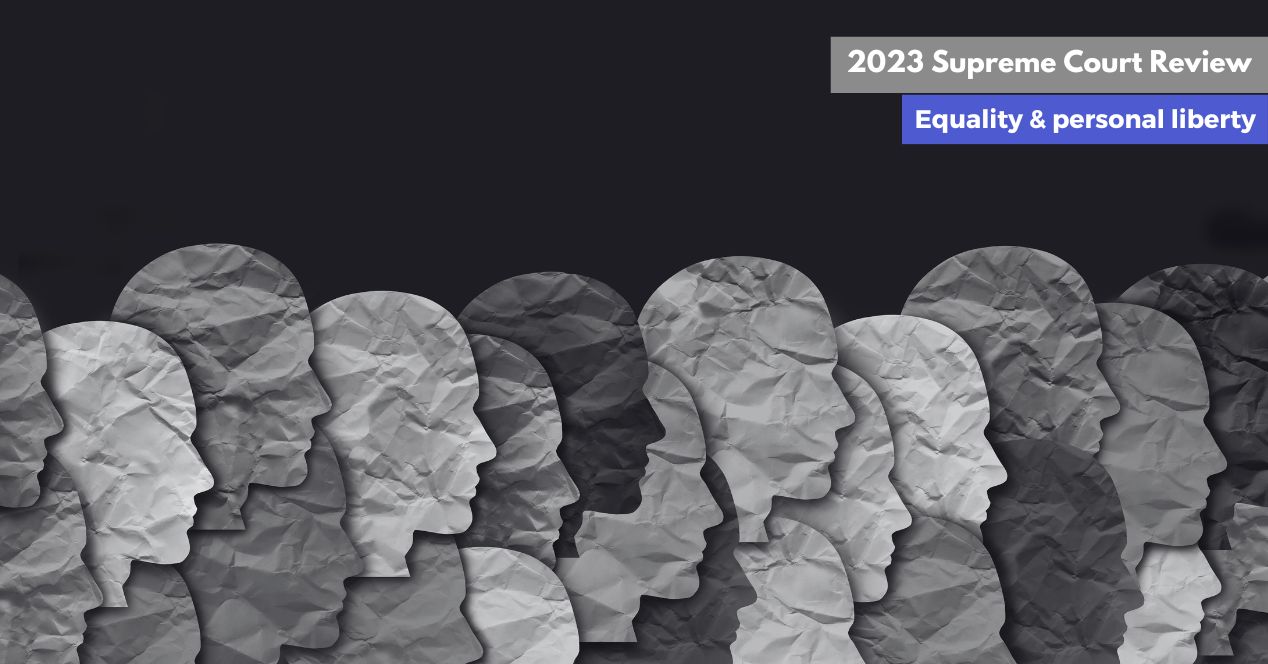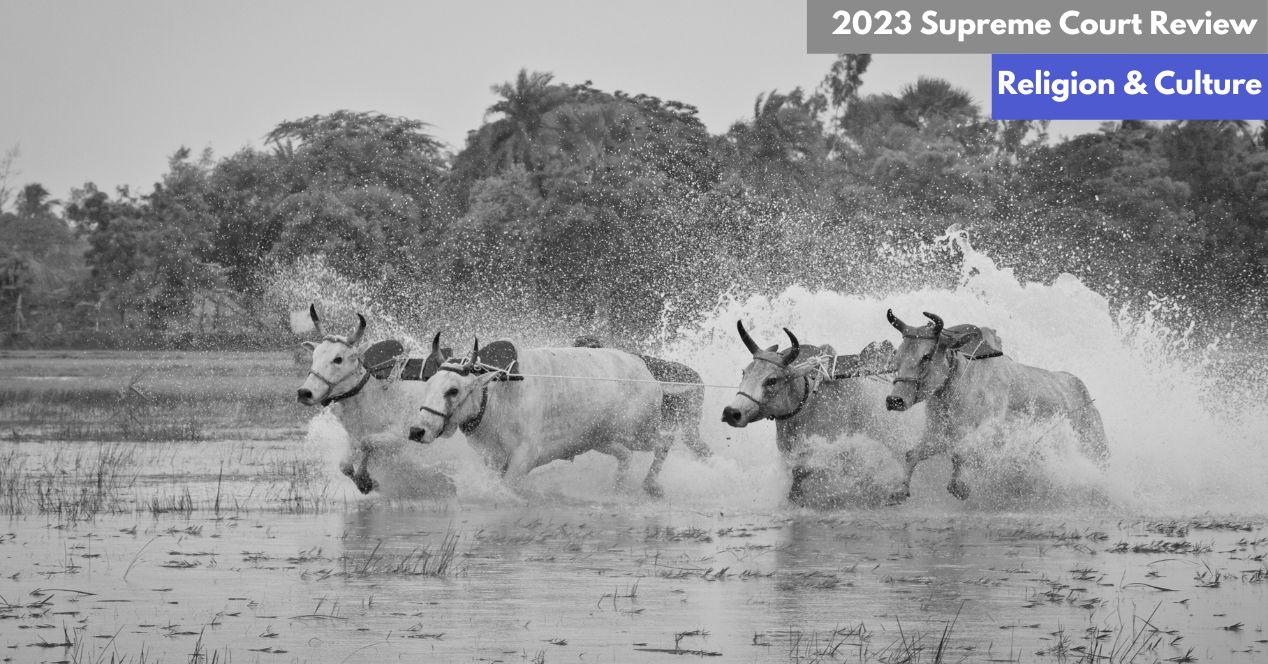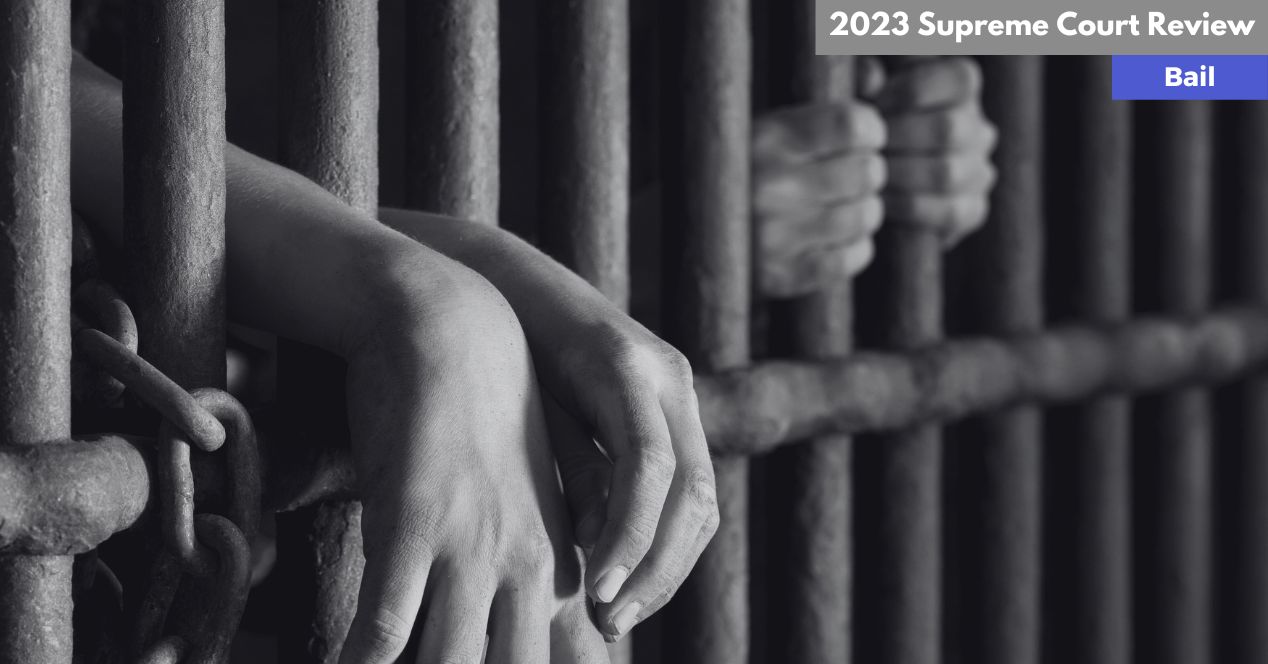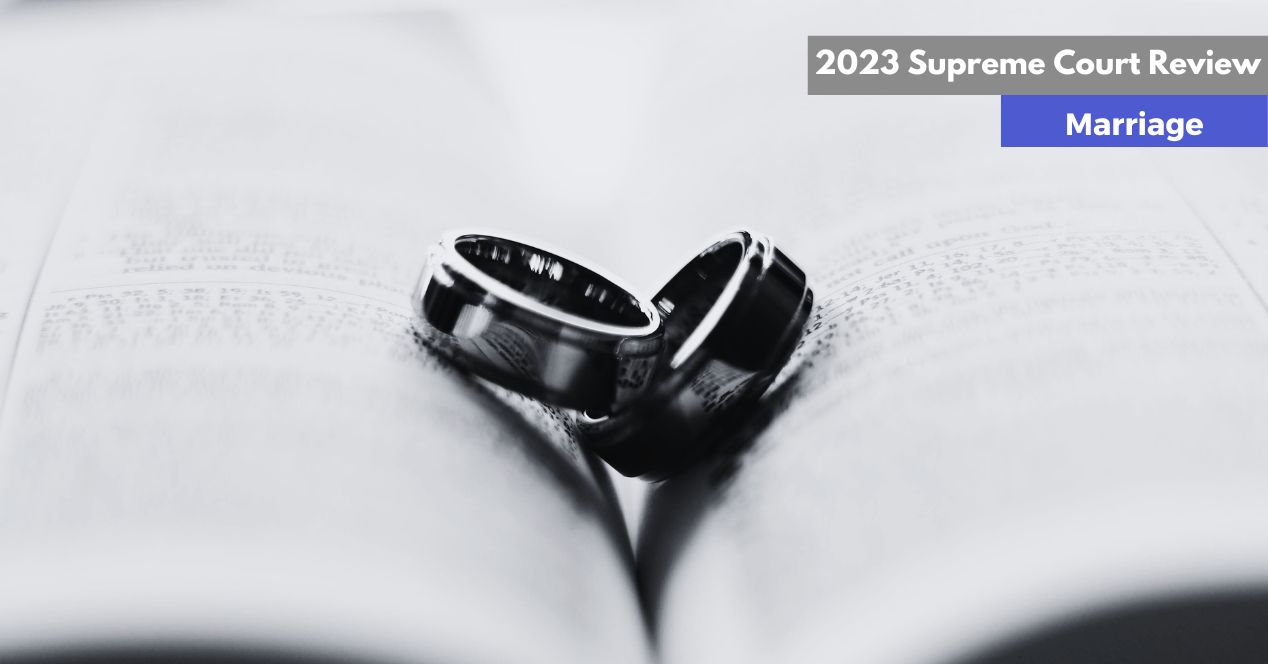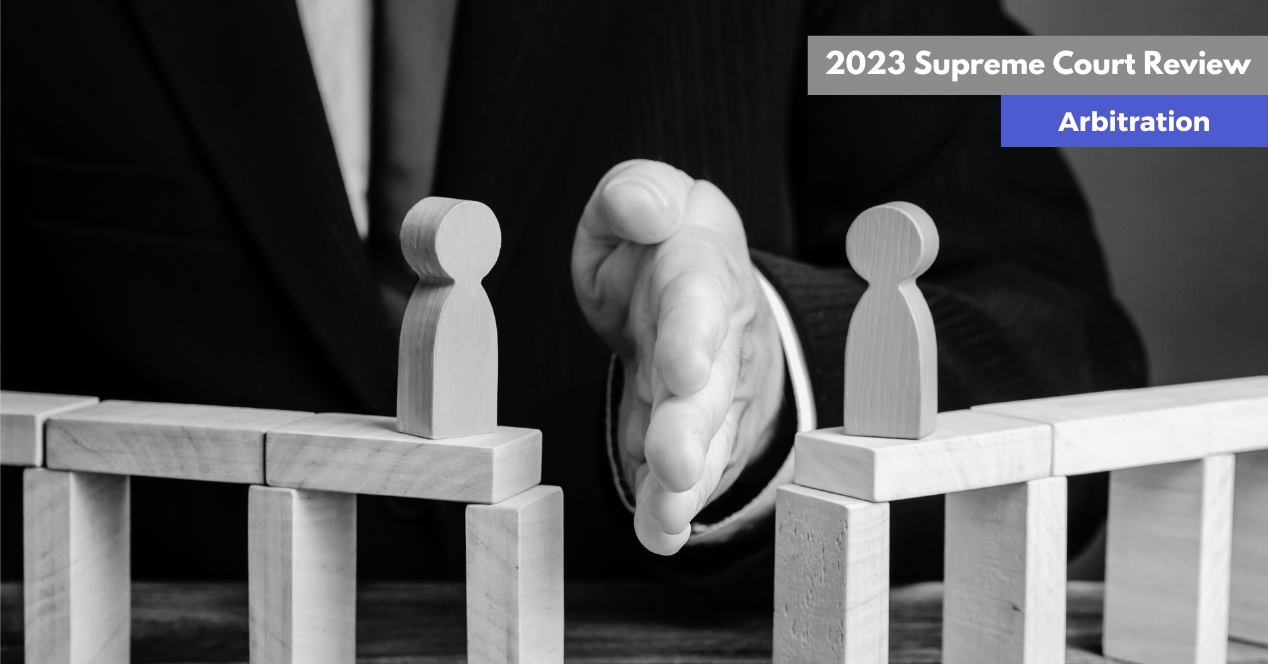Analysis
Supreme Court Review 2023
As 2023 ended, we at SCO thematically broke down what the Court said on key issues of the year
Right to Life
The Court displayed a progressive approach in certain high-profile cases involving the right to life. We highlight three significant cases
In 2023, the Supreme Court strengthened its Article 21 jurisprudence in several instances. In furtherance of the right to die with dignity, it simplified the onerous conditions to avail passive euthanasia.
Even as it rejected the Union’s ask for Union Carbide to pay additional compensation for the victims of the Bhopal Gas Tragedy, it stressed that the top-up compensation was the Union’s responsibility. It also censured the Union for not following through on its promise to provide insurance for the victims.
In October 2023, in what was Justice S.R. Bhat’s final decision before retirement, the Court passed a set of directions to ease the suffering of manual scavengers.
Democracy
Barring the matters on Governor’s powers, the Court landed on the side of the ruling party in key cases including defection & demonetisation
Last year, the decisions in key cases involving matters of democracy and governance had the effect of the ruling party coming out as the satisfied party. But in a case brought by the Punjab government, it held that the Governor cannot sit indefinitely on bills passed by the state legislature. This decision was significant because a similar circumstance has arisen in two other non-BJP ruled states—Kerala and Tamil Nadu.
In Maharashtra, the Bharatiya Janata Party got a chance to enter the government by enticing dissatisfied MLAs from the Shiv Sena to rebel.
The Court also upheld the 2016 Demonetisation Scheme, while accepting the Central Government’s contention that it had the final call over the decision, over the Reserve Bank of India. Additionally, in March, the Court upheld the open ballot system for voting in the Rajya Sabha.
Freedom of Speech
The Court ruled in favour of media outlets in some free speech cases though the key sedition matter is moving at a glacial pace
In a year that raised serious concerns about the executive’s commitment to free speech, the Supreme Court provided some succour. It was a particularly trying year for independent media outlets, some of which were slapped with defamation and sedition charges. The most well-reported of these was the Newsclick case, where 300 devices were seized from 90 journalists as part of an investigation into whether the outlet was raising funds for terrorist acts.
Sedition was at the centre of the storm in August when the new criminal laws—which have now received presidential assent—were first proposed in Parliament. Observers have noted that even as the word “sedition” has been dropped from the new penal code, its ambit has been widened with the broad wording of “endangering the sovereignty, unity and integrity of India.” In September, the Supreme Court referred the matter relating to the constitutionality of sedition to a larger bench. We cover that matter and three more relating to free speech in this round-up.
Federalism
In two Constitution Bench cases, the Court clarified centre-state relationships in an asymmetric federal structure
In the first case, a five-judge Constitution Bench led by CJI D.Y Chandrachud upheld the abrogation of Article 370, which revoked the special status granted to J&K, rejecting the idea that J&K retained internal sovereignty. “Residual legislative powers cannot be equated to residual sovereignty,” the Court said. “It instead reflects the value of federalism and the federal underpinnings of the Constitution of India.”
In the second, another Constitution Bench led by the Chief held that the Delhi government, and not the Union, had power over administrative services, as Article 239AA creates an asymmetric federal model with the Union government at the centre and the NCT government at the regional level.
Gender Discrimination and Personal Liberty
In a concerning year for personal liberty, the Court took on gender stereotypes but undid its progressive jurisprudence in an abortion case
In one of the most significant judgements of the year, the Court did not recognise sexual minorities’ right to marry. That decision sticks out like a sore thumb in the Court’s anti-gender discrimination report card. We’ve covered that case in our end-of-year Marriage and the Supreme Court review.
On personal liberty, there were some concerning decisions. In a medical termination of pregnancy case, it denied an abortion to a woman grappling with mental health issues. It also held the mere membership of an unlawful organisation was enough to sustain a prosecution under the terror law.
Religion and Culture
The Court’s performance this year was more defined by what it didn’t do than what it did—no hearing for the Hijab Ban and Sabarimala cases
In 2022, the Supreme Court was centre stage for some of the biggest religious debates of the time. Challenges to the Hijab Ban had reached the top court, and a split verdict from a two-judge Bench had raised more questions on the balance between religious and cultural rights, and personal liberty and autonomy. The Court had also upheld and extended the protection to a portion of the Gyanvapi Mosque in Varanasi where a ‘Shivling’ was reportedly found.
In 2023, however, the Court was silent on critical matters about religious identity. The challenge to the hijab ban, which was supposed to be reassigned to a three-judge bench, was not listed. (In December 2023, the chief minister of Karnataka said the government was considering withdrawing the ban.)
This year, when the Supreme Court listed a bunch of cases for hearing by seven- and nine-judge benches, the Sabarimala Review challenge was conspicuously missing, with no tentative date in sight.
Bail
In a year when the Court has been accused of not walking its talk, its bail decisions stand out as a stark instance of this trend
In the Supreme Court, 2023 has been a year of doublespeak on bail and personal liberty. Words in open court and even judgements have attested to the sanctity of bail but the Court’s actions (or inaction) in several matters suggested that ‘bail as rule, jail as exception’ sounds better as aphorism than practice point.
The crisis of bail today is dual. First, the judicial approach to general bail under the erstwhile CrPC—which posits a comparatively progressive framework—has structurally disintegrated at the lower court level. Second, stringent conditions under special laws such as the Unlawful Activities (Prevention) Act (UAPA) and Prevention of Money Laundering Act (PMLA) have codified the wide powers of agencies like the National Investigation Agency and the Enforcement Directorate.
Marriage
The SC said marriage age and rights of sexual minorities was in parliament‘s domain. It used its wide powers under Art. 142 to grant divorce
In Supriyo v Union of India, the Court rejected a batch of petitions seeking the right to marry for sexual minorities. The petitioners’ suggestion to read gender-inclusive terms into the Special Marriage Act, 1954 was rejected. That would be akin to making a new law, the majority said.
The Court cited a similar reason to reject a petition that sought to raise the minimum age of marriage for women to 21, at par with men. Unwilling to stride into the legislative domain, the Court dismissed it. “We must defer to Parliament,” the Chief Justice of India D.Y. Chandrachud said during the hearing.
But in a case on divorce in a dead marriage, the Court adopted different reasoning. In the absence of an express remedy, it dissolved the marriage on grounds of irretrievable breakdown using its inherent powers under Article 142.
Arbitration
Two Constitution Bench cases expanded the ambit of arbitration in India
As a form of alternative dispute resolution, arbitration is meant to reduce the time, money and effort expended in the litigation process. Courts have often had to intervene to clarify the contours of key doctrines and their limits in the Indian arbitration jurisprudence.
In the last month of the year, two decisions of the Supreme Court brought much cheer to arbitration practitioners. Both emphasised the principle of competence-competence, which recognises the right of an arbitral tribunal to determine its own jurisdiction and decide the case on merits. By limiting the scope for judicial interference in arbitration agreements, the Court seemed to be acknowledging the autonomy of parties, the realities of modern commercial transactions and the need for businesses to be insulated from judicial unpredictability.


